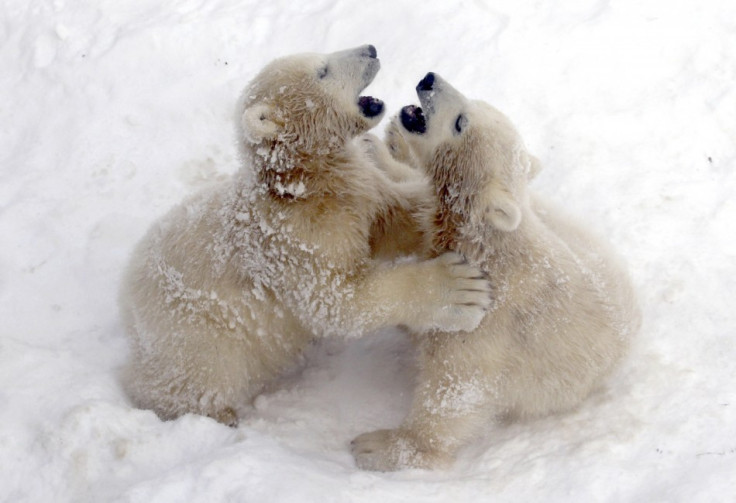Climate Change: Wildlife Threatened by Natural Disasters

Scientists from the Zoological Society of London (ZSL) have developed a way to detect vulnerable animal populations likely to suffer from an onslaught of climate change-fuelled natural disasters.
As hurricanes, droughts, flooding and wildfires become increasingly common across the world, the impact on vulnerable animals is going unnoticed, they argue.
Now a study by ZSL scientists published in the journal Trends in Ecology and Evolution shows a way to identify the wildlife at threat.
By assessing three factors, sensitivity, exposure and adaptability, scientists can predict which species have a chance of recovering from natural disasters - and those at threat from dying out.
"Extreme changes in the environment can generate high mortalities in wildlife populations," says the study.
"When these mortalities are attributable to extreme natural events, they are referred to as natural population die-offs."
The report added that "despite growing reports of such die-offs" there has been no emerging method on how to detect the threatened species.
"As climate change leads to more frequent and severe natural disasters, we need to identify animals at risk of being washed away in a flood, or destroyed by wildfire," said Eric Isai Ameca y Juarez, lead author of the study from ZSL.
"We can then prioritise and adapt current management practices to guarantee the survival of those vulnerable populations."
World's Most Endangered Animals
Climate change is having a devastating effect on some of the world's animal species.
Polar bears are seeing drastic changes to their environment, as climate change leads to warmer temperatures the areas around the ice caps, melting the huge glaciers inhabited by the bears.
Panda bears are also at risk from climate change, as temperature changes puts bamboo - their staple diet - at risk.
Some animals are even getting smaller, research has claimed.
A study published in the journal Nature Climate Change suggested that animal sizes had decreased since the pre-warming era.
© Copyright IBTimes 2025. All rights reserved.




















